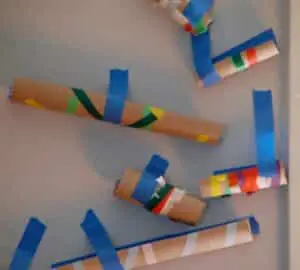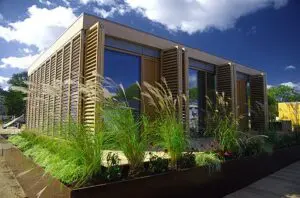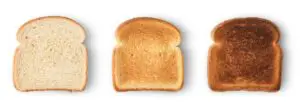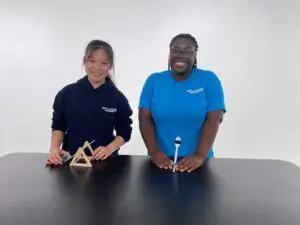Activity Content Sections
Instructions
Relevant Terminology
Friction: The force that slows objects down when they are rubbing against each other. Some things make lots of friction, like brakes on a tire, and some make very little friction, like skates on ice.
Gravity: A force of attraction that occurs between all objects. We experience it as the constant force that pulls objects toward the center of the Earth.
Drag: The slowing down of something as it moves through air, water, or other fluid, which causes friction. A race car experiences drag because of air pushing against it as it goes around the track.

The Pont du Gard aqueduct in France was built to supply water to the Roman colony of Nemausus, which is now the city of Nîmes. Credit: Benh LIEU SONG/Wikimedia Commons.








15 Comments
I’m just browsing, but the student directions hyperlink for the marble run goes to the “Launch It” student instructions. Thought you’d want to know!
Thanks! We have this all fixed up! You can find the student instructions linked or at https://discovere.org/stem-activities/marble-run-student-instruction/!
The student video is found here
https://discovere.org/stem-activities/marble-run-challenge-video/
Great!
Engaging!
Looks like great fun!!
Great idea and project
Thank you
Newt
I love this activity. I plan on doing this after teaching about the different forces.
Like this it will work great for my cross cat classroom
This is actually pretty cool